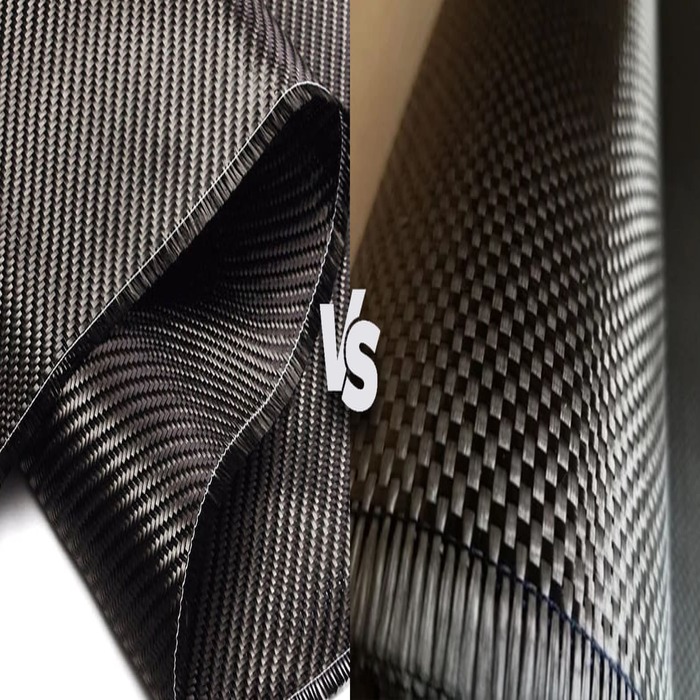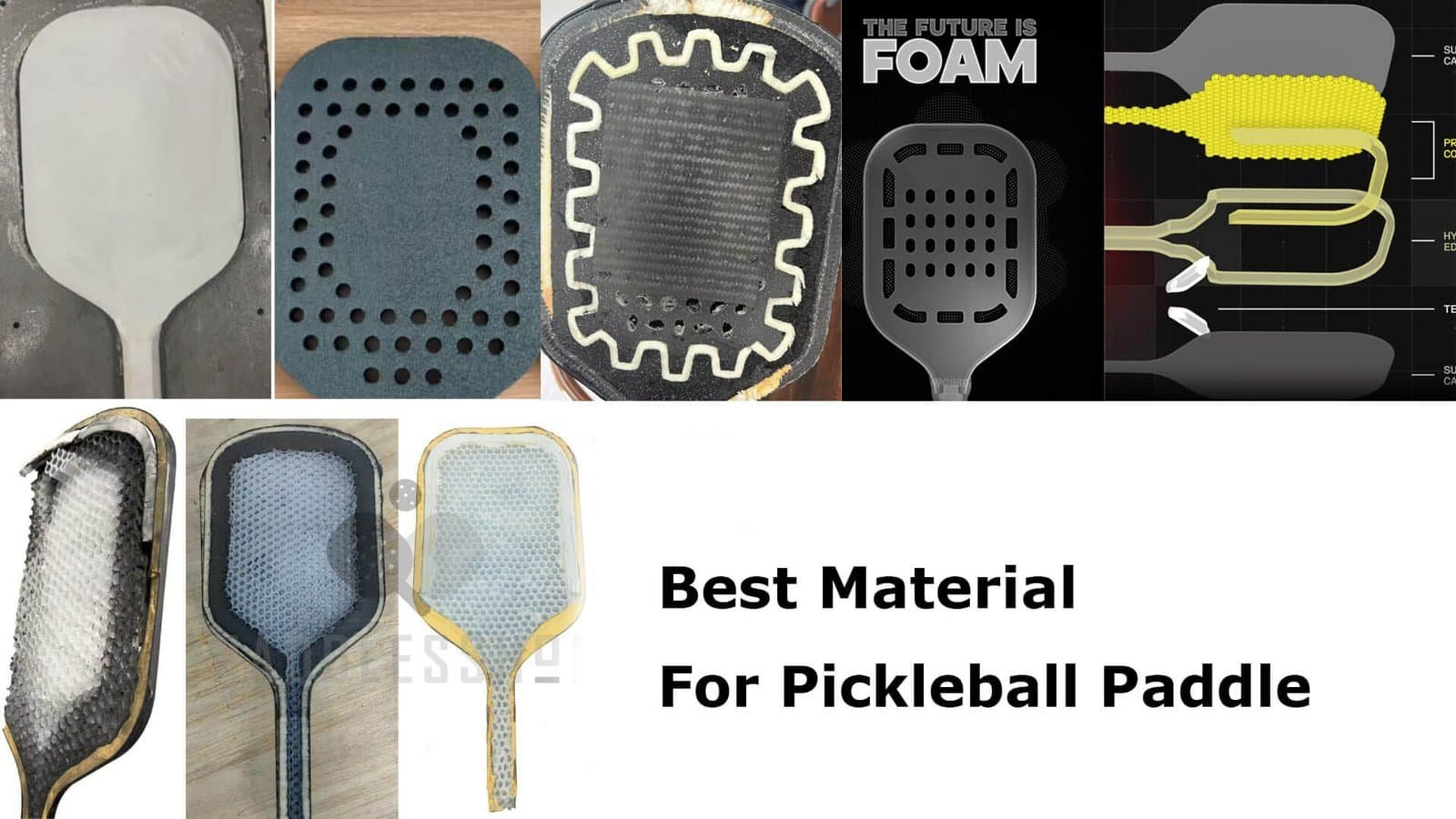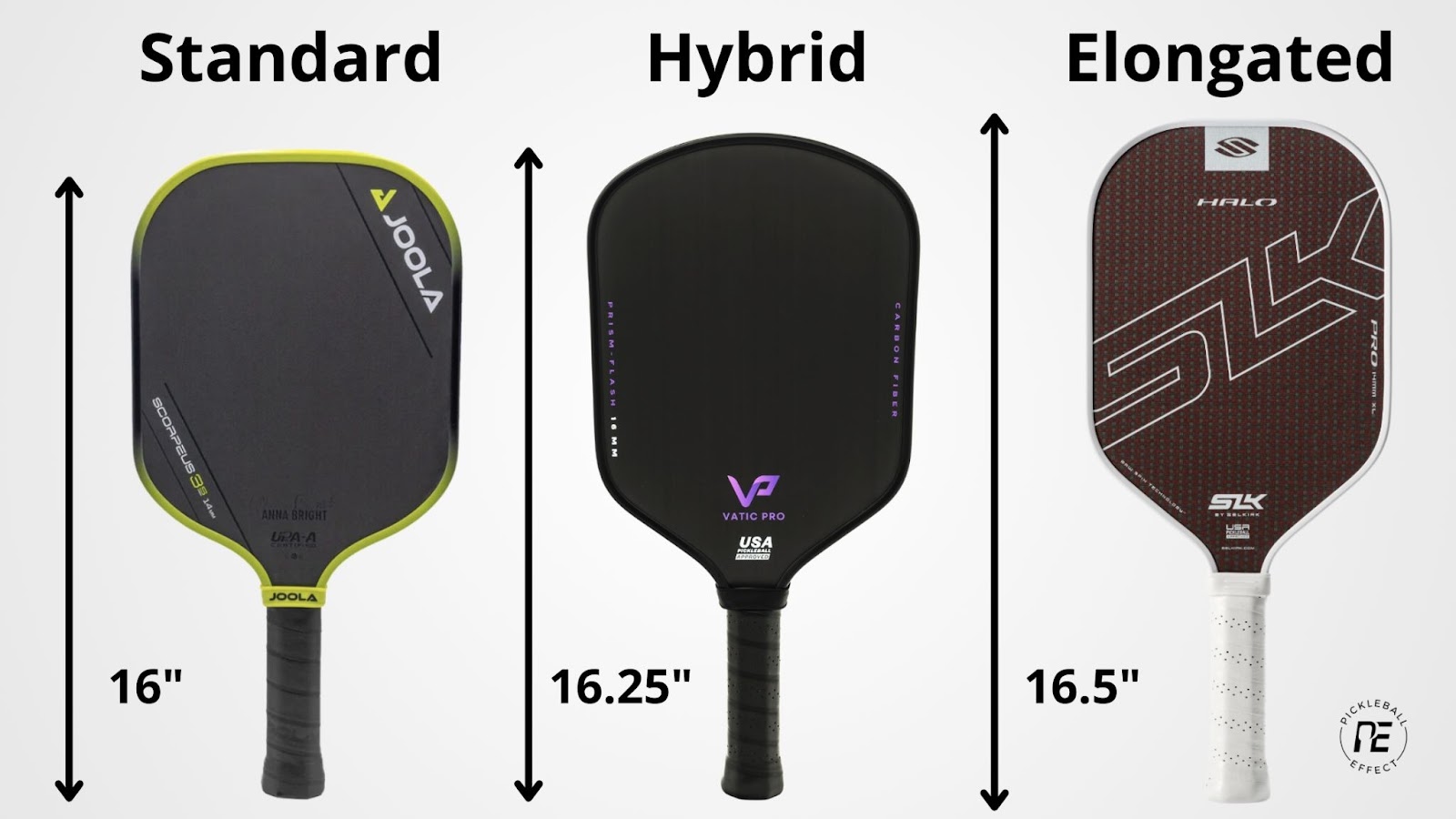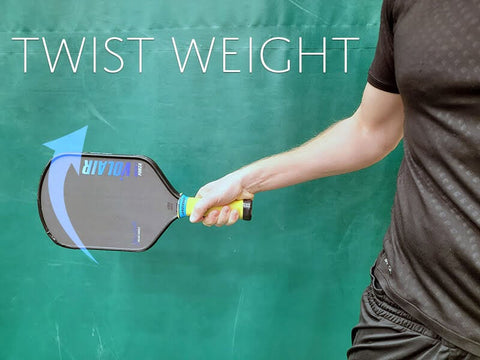Discover why the weaving pattern of carbon fiber—plain vs. twill weave—matters more than the raw material itself in defining your pickleball paddle's feel, power, and control. A manufacturer's deep dive.
A deep dive into the differences between true thermoformed (one-shot hot press) and pseudo hot-press pickleball paddles. Learn their definitions, why pseudo hot press exists, detailed performance comparison, testing methods to tell them apart, and how we ensure our paddles are truly thermoformed.
This guide provides a manufacturer's perspective on how advanced EPP, EVA, and TPE formulations, combined with precise control over expansion ratios, enable brands to develop differentiated, high-performance products that resonate with target players.
In pickleball, the choice of paddle significantly influences your power, control, and overall performance. Among the various factors to consider, paddle shape plays a crucial role. Each shape offers distinct performance advantages, catering to players of different skill levels and playing styles. This article provides an in-depth analysis of the primary paddle shapes to help you find the perfect match for your game.
Choosing the right paddle enhances spin in pickleball. This guide covers how material, shape, texture, and thickness affect spin potential, with carbon fiber, Kevlar, and specific designs offering varied control and agility. Ultimately, while paddle choice aids spin, skill and practice are essential.
This article analyzes the impact of PP honeycomb cores on paddle quality and price, focusing on two key factors: material choice (virgin PP vs. recycled PP) and honeycomb density. Virgin PP offers greater elasticity and durability, while high-density cores improve stability and lifespan. Through data comparisons, the article explains why premium paddles are priced higher and highlights the critical role of quality materials in ensuring top paddle performance.
This blog delves into the concept of twist weight in pickleball paddles, explaining its importance in paddle performance. Twist weight measures the resistance to twisting during off-center hits, affecting stability and shot accuracy. The article covers the definition, factors influencing twist weight, advantages and disadvantages of high and low twist weights, methods to increase twist weight, suitable player profiles, and how to test for the appropriate twist weight.
This blog provides a detailed guide to understanding key pickleball paddle metrics, including paddle type, weight, shape, face material, generation/build, swing weight, twist weight, balance point, spin rating, power, and pop. These metrics are essential for selecting a paddle that enhances your playing style and improves your game performance.
This blog explains the concepts of balance point, swing weight, and twist weight in pickleball paddles. Readers will learn what these terms mean, why they are important, and how to measure them to choose the right paddle for their playing style.
Product Knowledge

Xiaxitou No.471, Tongan District, Xiamen, Fujian 361100 – China
Quick links
- About us
- FAQs
- Product catalog
- How to cutdown cost
- Material introduction
- Production process
- Customized service
Find Us
Join us to develope pickleball and Win-Win together!










